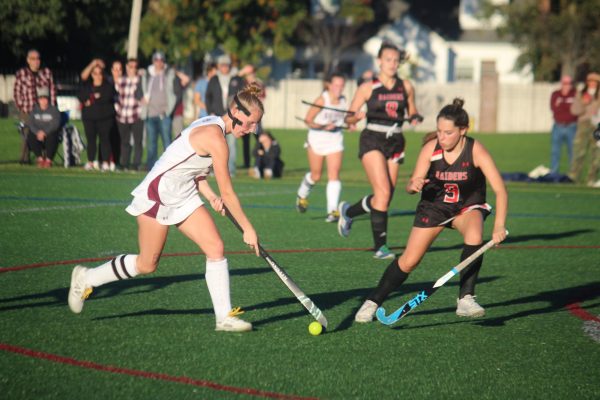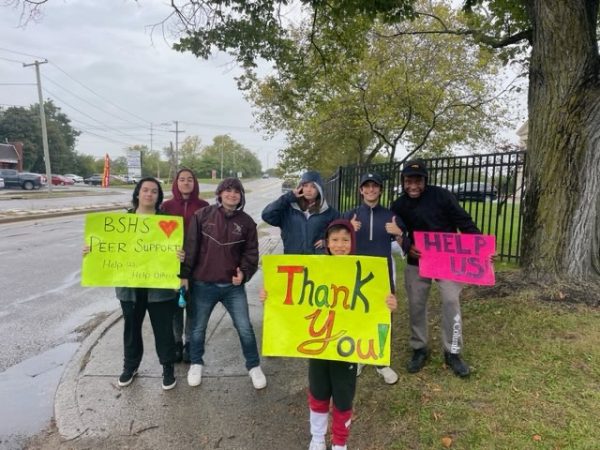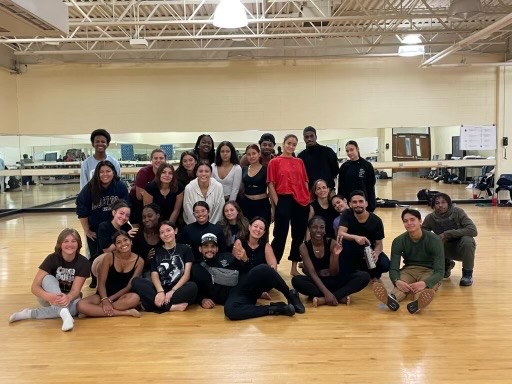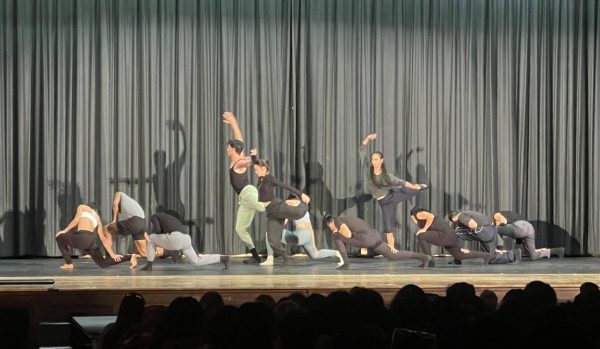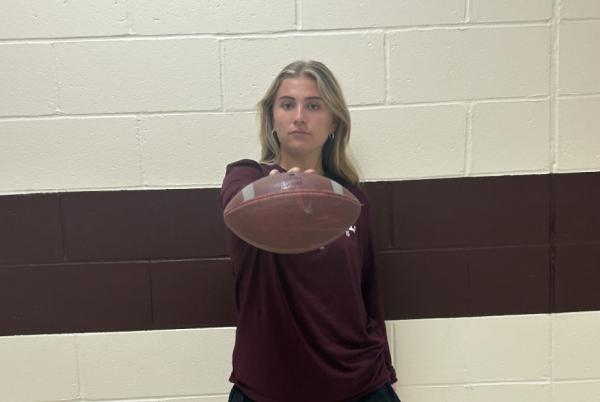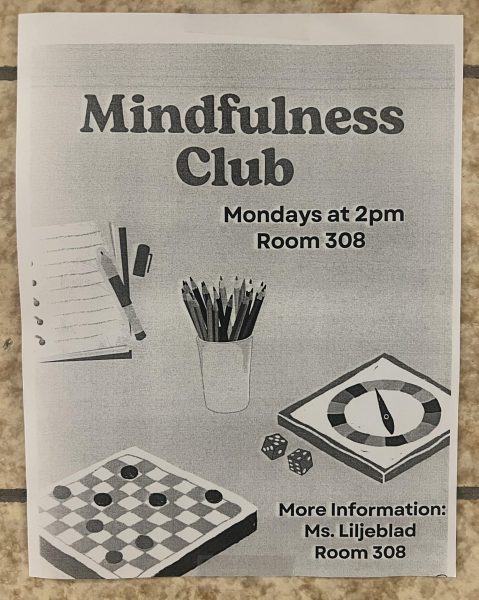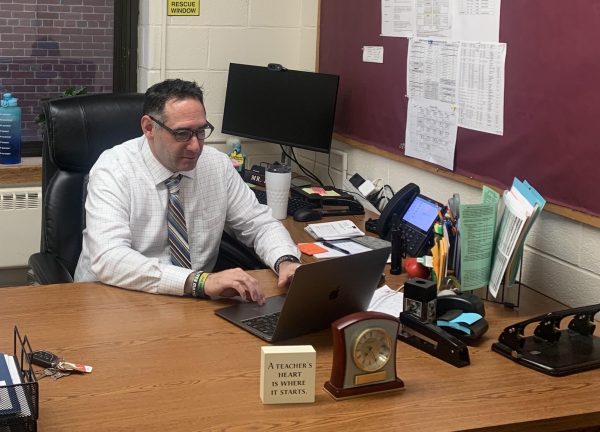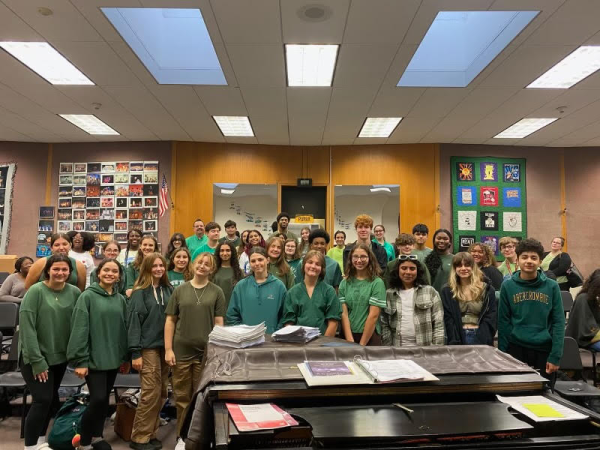OPINION: Upcoming Supreme Court case threatens student free speech
March 12, 2021
Social media is a part of our daily lives and, for some, a safe spot to land. A break from reality and all its troubles after a hard day.
Yet after a Pennsylvania high school student, disappointed in the result of her cheerleading tryout, used Snapchat to express her feelings. Soon, social media became entangled with matters outside of school grounds…
…and even the First Amendment.
The girl, who goes by B.L in court papers, was shopping one day with a friend after finding out the unfortunate news that both didn’t make the varsity cheerleading team. She posted a picture with her friend outside a local convenience store. The caption she chose to write: “%@& school, %@& softball, %@& cheer, %@& everything.”
To put the cherry on top of the cake, both flipped the bird in the picture.
B.L’s frustrations, expressed both physically and textually, were sent out to her 250 “friends” on Snapchat, one of whom was the daughter of the cheerleading coach. The girl reached out to her mother about the disparaging remarks. Appalled, the coach kicked B.L off the team, and even brought the Snap to the school’s attention, and she was suspended.
The Snap post, which appeared in 2017, was the focus of a lower court case brought by B.L.’s parents against the Mahanoy Area High School. The Supreme Court decided, after two lower court rulings, that it would hear arguments sometime this spring.
The case could go one of two ways. The Supreme Court could side with B.L as did the Third Circuit, which affirmed that B.L had her First Amendment rights stripped away by the school and that her speech implemented no sort of disruption to the students’ learning abilities around her.
Or, it would be ruled that B.L did in fact deserve her punishment, and that school had the ability to waive a student’s First Amendment rights when it centers around school.
This isn’t the first time the Supreme Court has grappled with a case like this. Several cases in recent history have been mixed with the idea of school having the ability to take away our right to freedom of speech.
Tinker vs. Moines was one of the earliest examples to deal with students’ free speech. In 1969, students raised awareness about what they saw as the immorality of the Vietnam War’ they protested it by wearing black armbands with a little peace sign to promote anything but violence. This silent protest was seen as a loud disruption in the school’s eyes and the students were told they could not return until they removed the armbands. The students returned without armbands, but in protest, they wore black clothing for the remainder of the school year — and filed a First Amendment lawsuit. Once this case reached the court, it sided in favor of the Tinker family. The Court ruled 7-2 that students do not “shed their constitutional rights to freedom of speech or expression at the schoolhouse gate.”
So, does this ring true for B.L’s case?
Unfortunately, things have yet to look on the bright side for B.L – or students in general. Morse vs. Frederick in 2007 ruled that the First Amendment does not prevent educators from suppressing student speech that is reasonably viewed as promoting illegal drug use. Apparently, that rule stands for around the area of the school too, for Frederick was legally absent that day and across the street from his school, waving the sign that was interpreted as promoting “drugs”. Arguably, B.L’s case has nothing to do with drug promotion, but both were suspended outside of the school’s vicinity and yet, they still felt the “wrath” of their schools.
The Justice Department filed a friend of the court brief this month in which it asks the Supreme Court to reverse the lower court ruling against the Mahanoy Area School District – in essence, ruling against BL’s free speech.
“When the student’s off-campus speech targets an extracurricular athletic program in which the student participates,” the brief argued, “such speech might properly be regarded as school speech that is potentially subject to discipline by school officials if, for instance, it intentionally targets a feature that is essential to or inherent in the athletic program itself.”
In essence, this means schools could have the power to implement punishments outside of school hours.
Any time.
Any day.
Outrageous, to say the least.
Let’s be honest – we all have times where we vent. I know that when I’m in that specific mood, the only way to quell my rage is by rapidly clicking on the keyboard and submitting whatever frustrated me at the time. Yet, it was satisfactory and made me feel better. Now, I might have to constantly worry about my school leaning over my shoulder, awaiting my potentially provocative response?
A decision has yet to be made, but that does not excuse the fact that the Supreme Court has decided that, in the past, our First Amendment rights are able to be stripped away.
And our safe haven shuttered as well.
Students’ futures could also be jeopardized based on the high court’s ruling. Suspensions such as B.L.’s go on a student’s school records – that means colleges could be looking at these when scouting individuals. If admissions officials see this, it could deter them from even considering a student.
“Even minor in-class suspensions can hinder students’ ability to apply to and attend college. … However, a ‘suspension,’ ‘removal’ or ‘dismissal’ leaves a stain on a high school transcript forever, and these records can be a major factor in college admissions decisions,” said Sarah Shapiro, a research assistant for K-12 education at American Progress.
Don’t forget the First Amendment, either, which states that we are given the freedom of speech and press. B.L. only exercised her right and was punished for it illogically. It would be understandable if her speech had inhibited the learning experience for those around her, but she was out of school. She was not even in the vicinity of the building, yet she was reprimanded for speaking her mind.
Within the next few weeks, the case will be heard. The suspense will linger as we await an answer to the constitutional question of whether, when we step foot into our school buildings, the administration can prohibit any speech, lewd or not.
Until then, I will be desperately crossing my fingers and waving my imaginary pom-poms for B.L.
Alyson Swenson is a junior and staff member of the Maroon Echo.

